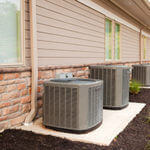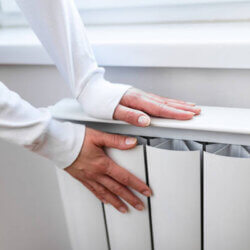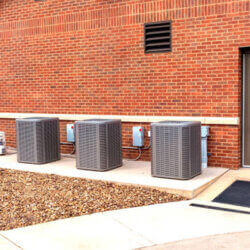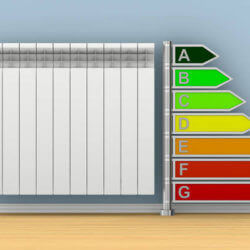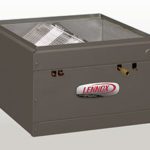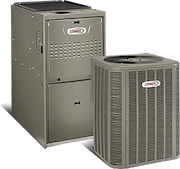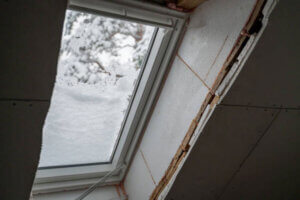
Do you feel drafts of air coming in through your doors and windows? Has the temperature in your house been fluctuating lately? Are your energy bills unusually high? If your answer to all these questions is yes, then your home may have air leaks.
Air leaks are basically unintended gaps and cracks in the walls, doors, windows, roofs, and other parts of your house. As the name suggests, they allow outside air to enter or indoor air to escape. As a result, your HVAC unit has to work doubly hard to maintain temperatures, and your energy bills start climbing. It also reduces the lifespan of your HVAC unit. Checking for air leaks and fixing them is the only solution to this issue. In this article, we will discuss how you can do that.
To learn more or to schedule HVAC service for your St. Louis home, contact the heating and air conditioning experts at Galmiche & Sons.
Common Sources of Air Leaks
When you are checking for air leaks in and around your home, make sure to cover the following areas:
- Doors and windows
- Pipes
- Attic hatch
- Wiring holes
- Plumbing vent
- Furnace flue
- Chimneys
- Recessed lighting
- Basement walls (top)
- Ductwork
- Rim joists of the basement
- Baseboards
- Outdoor faucets
- Piping shafts
- Walls of the living space and garage
- Porch roof
Tips and Tricks for Checking for Air Leaks
Here are some easy checks you can perform at home to find air leaks:
- Visual inspection: Over time, the insulation materials can wear off, causing air leaks to occur. Make sure to visually check the exterior corners, outdoor faucets, and any other areas where insulation might have been added. Also check around the doors, windows, electrical outlets, attic hatches, and other areas inside the house too.
- Candle check: This is a method of checking for air leaks in which you light a candle and take it around the house, in areas where you suspect air leaks. If the flame flickers anywhere, it could indicate an air leak. But make sure to turn off the furnace, air conditioner, and fans before you try it.
- Flashlight check: This method is recommended when its dark out, and you have turned all the lights off. Simply shine the flashlight in places you suspect air leaks, and ask another person to stand on the other side to check if the light is passing through. But remember, this method will only help you identify large cracks.
- Air leak detector: If nothing else works, you can also get an air leak detector to find air leaks. This is a small piece of equipment that is quite effective in checking for air leaks around your house, and it can be easily found in any hardware store.
Fixing Air Leaks
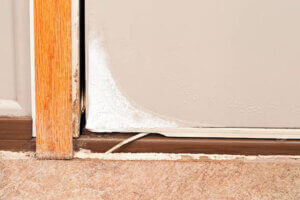
The EPA reports that fixing air leaks can reduce your heating and cooling expenditures by approximately 15%. Here are some ways to fix air leaks in your home:
- Weather stripping can be used to close any gaps around windows and doors. For ceilings and walls, caulking can be used.
- Another solution for blocking air leaks is adding insulation to the attic and walls.
- If your doors and windows are old, you can install storm doors and windows.
- If you suspect leaks in your ductwork, get the ductwork sealed by an HVAC specialist.
Call Galmiche & Sons to Ensure the Health of Your HVAC Unit
If you discover any gaps and cracks in your home while checking for air leaks, do not worry. Galmiche & Sons is here to lend assistance. With over 70 years in the industry, we can provide top-notch cooling and heating solutions to address any issues with your HVAC unit and ductwork. Call us today at 314-993-1110 to schedule a service or repair.



